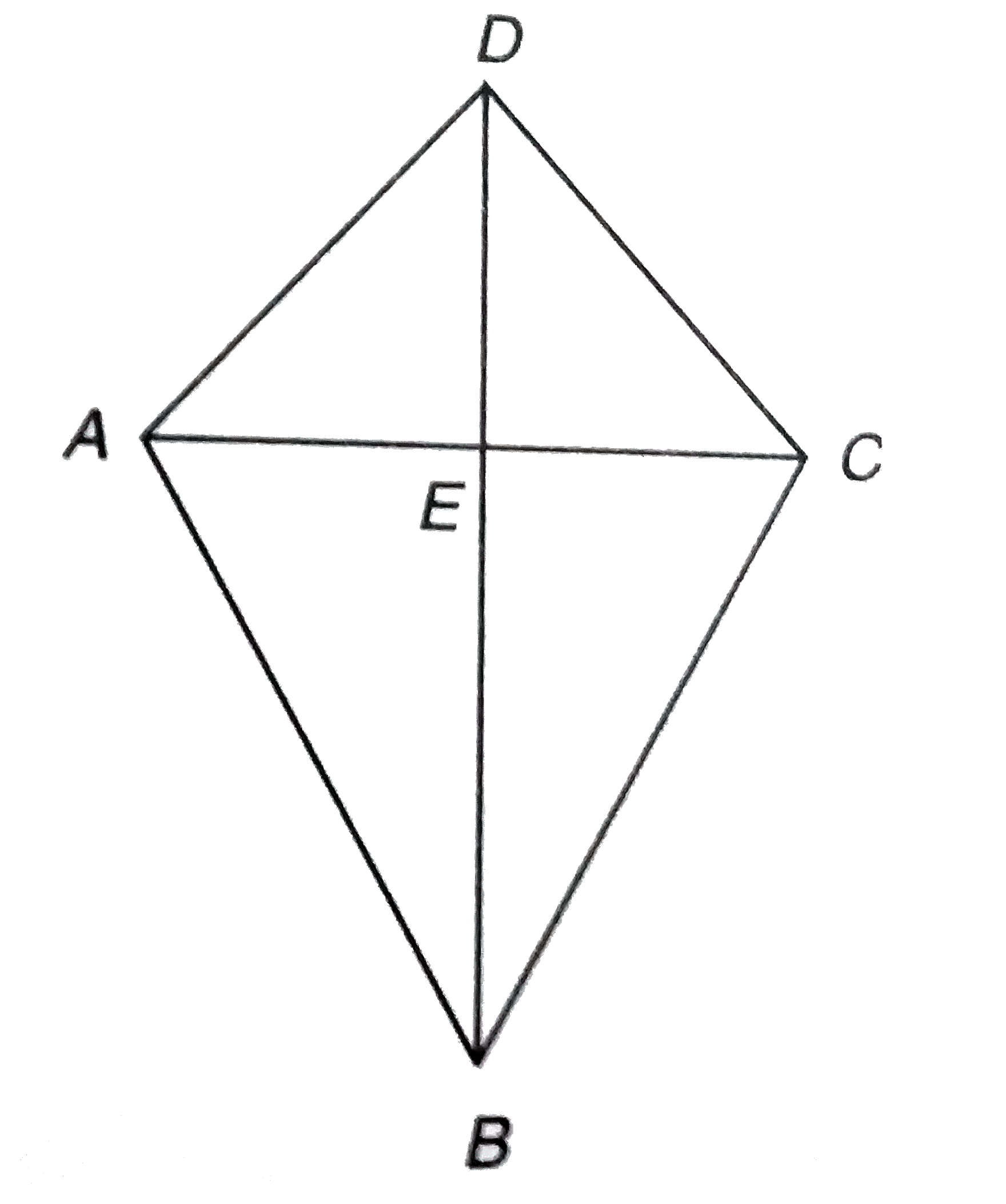Which of the following is true for blood ?
It is opaque and highly alkaline fluid
It is highly acidic fluid
It is slightly alkaline fluid
It is red coloured, opaque and slightly acidic fluid
The correct Answer is:C
To determine which statement is true for blood, we can analyze the characteristics of human blood based on the information provided.
1. Understanding the Characteristics of Blood:
- Blood is a fluid that circulates in the body, and it has specific physical and chemical properties.
2. Color of Blood:
- Blood is known to be red in color due to the presence of hemoglobin, which binds to oxygen.
3. Opacity of Blood:
- Blood is opaque, meaning it does not allow light to pass through easily.
4. pH Level of Blood:
- The pH of human blood typically ranges from 7.35 to 7.45. This indicates that blood is slightly alkaline (basic) rather than acidic.
5. Viscosity and Density:
- Blood is denser and more viscous than water, which means it has a thicker consistency and does not flow as easily as water.
6. Evaluating the Options:
- Based on the characteristics discussed:
- Opaque: True
- Slightly Alkaline: True (pH 7.35 - 7.45)
- Highly Acidic: False
- Slightly Alkaline Red Colored: True (since blood is red and slightly alkaline)
- Opaque and Slightly Acidic: False (it is not acidic)
7. Conclusion:
- The correct statement about blood is that it is opaque, red-colored, and slightly alkaline. Therefore, the true statement from the options provided is that blood is slightly alkaline.
Final Answer:
The true statement for blood is that it is slightly alkaline.
---
- Blood is a fluid that circulates in the body, and it has specific physical and chemical properties.
- Blood is known to be red in color due to the presence of hemoglobin, which binds to oxygen.
- Blood is opaque, meaning it does not allow light to pass through easily.
- The pH of human blood typically ranges from 7.35 to 7.45. This indicates that blood is slightly alkaline (basic) rather than acidic.
- Blood is denser and more viscous than water, which means it has a thicker consistency and does not flow as easily as water.
- Based on the characteristics discussed:
- Opaque: True
- Slightly Alkaline: True (pH 7.35 - 7.45)
- Highly Acidic: False
- Slightly Alkaline Red Colored: True (since blood is red and slightly alkaline)
- Opaque and Slightly Acidic: False (it is not acidic)
- The correct statement about blood is that it is opaque, red-colored, and slightly alkaline. Therefore, the true statement from the options provided is that blood is slightly alkaline.
The true statement for blood is that it is slightly alkaline.
Topper's Solved these Questions
- BODY FLUIDS AND CIRCULATIONBook:AAKASH SERIESChapter:BODY FLUIDS AND CIRCULATIONExercise:Exercise -I (Blood Groups )
Explore 15 Videos
- BODY FLUIDS AND CIRCULATIONBook:AAKASH SERIESChapter:BODY FLUIDS AND CIRCULATIONExercise:Exercise -I (Coagulation of Blood )
Explore 7 Videos
- BIOTECHNOLOGY AND ITS APPLICATIONSBook:AAKASH SERIESChapter:BIOTECHNOLOGY AND ITS APPLICATIONSExercise:Exercise - III (Previous AIPMT/NEET Questions )
Explore 19 Videos
- BREATHING AND EXCHANGE OF GASES Book:AAKASH SERIESChapter:BREATHING AND EXCHANGE OF GASES Exercise:EXERCISE-III (Previous AIPMT/NEET Questions)
Explore 21 Videos
Similar Questions
Knowledge Check
Which of the following is not true for a bike?
 AAE=~CEBDE=~BEC∠ABE=~∠CBED∠E=90∘
AAE=~CEBDE=~BEC∠ABE=~∠CBED∠E=90∘Which of the following is not true ?
AMovement is considered one of the important life processesBGrowth, repair, or replacement of cells is known as responsivenessCWhen unspecialized cells become specialized, the process is known as differentiationDStructure of a body part determines its function
Which of the following is not true ?
View SolutionWhich of the following is/are true ?
View SolutionWhich of the following is/are true ?
View SolutionWhich of the following is/are true ?
View SolutionWhich of the following is not true for halogens ?
View SolutionWhich of the following is not true?
View Solution